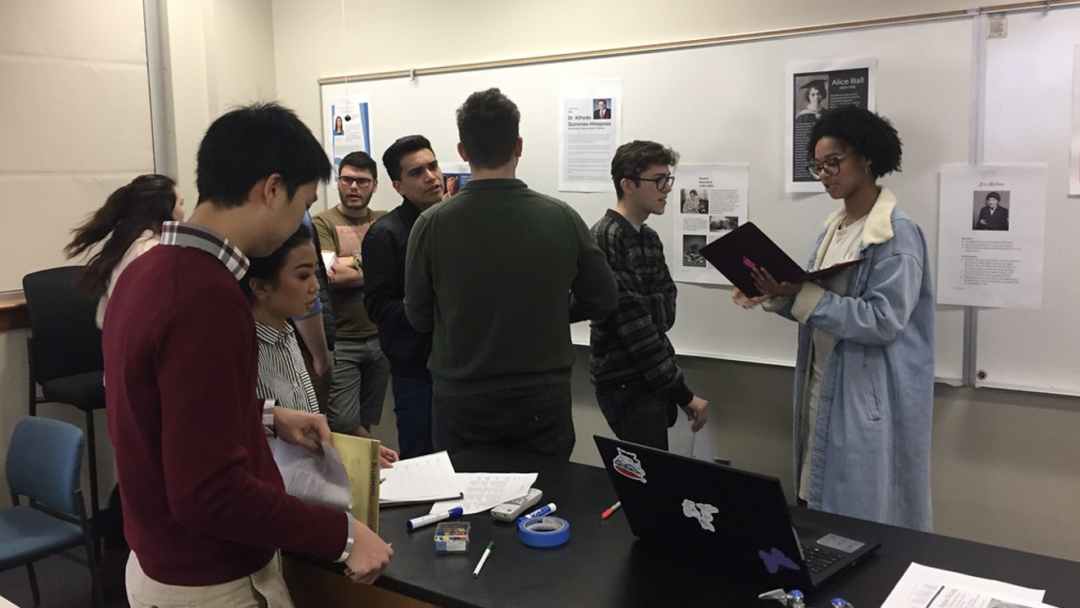Spotlight on SOTL: Being Human in STEM (HSTEM)

This article is based on the following research article:
Bunnell, S., Lyster, M., Greenland, K., Mayer, G., Gardner, K., Leise, T., Kristensen, T., Ryan, E. D., Ampiah-Bonney, R., & Jaswal, S. S. (2021). From protest to progress through partnership with students: Being human in STEM (HSTEM). International Journal for Students As Partners, 5(1), 26–56. https://doi.org/10.15173/ijsap.v5i1.4243
How can the University foster a sense of belonging and academic persistence in students who are from typically under-represented backgrounds in STEM fields? According to the authors of this article, collaborating with students as partners is key to institutional change that creates more inclusive and diverse STEM programs.
What did the researchers do and find?
The “Being Human in STEM (HSTEM)” initiative at Amherst College, created in response to student protests and the Black Lives Matter movement, has led to positive and systematic change within STEM education at the College. HSTEM is a course offering developed utilizing a “students as partners” approach that focuses on “what it is like to be human in STEM.” Students collaborated with faculty and staff in the creation of curriculum that focused on community building and developing collaborative learning strategies to create more inclusive learning environments for STEM classrooms. The authors found that participation in HSTEM improved the experience of academic persistence and the sense of belonging for STEM students, especially students from backgrounds under-represented in STEM fields. This article presents reflections on the value of HSTEM in the lives of the people that created the course as well as the findings of two inquiry projects developed to determine the impact of HSTEM curriculum on students.
How might you use this research in your teaching?
You can incorporate pedagogical practices based on community-building exercises and collaborative learning to make your STEM classroom a more inclusive learning environment. Adding time for icebreaker activities, individually welcoming students to class, and encouraging students to share experiences all foster a sense of community. Integrating reflective exercises and discussions about diversity and inclusion in STEM into the curriculum can help students understand their own identity and experiences within the context of STEM. This could involve group projects that allow students to explore and present on topics related to diversity in STEM, followed by class discussions. Regular feedback mechanisms through surveys or reflective writing can be used to gauge students’ sense of belonging and allow you to respond quickly to students’ needs. In the 8 years since the original student sit-in that inspired the creation of the course, HSTEM courses have been adopted by many universities and colleges creating a network of students, faculty and staff collaborating to reduce the barriers of racism and sexism to accessing STEM education. To learn more about HSTEM and access resources to make your class more inclusive you can visit the Being Human in STEM website (https://www.beinghumaninstem.com)
Spotlight on SOTL
